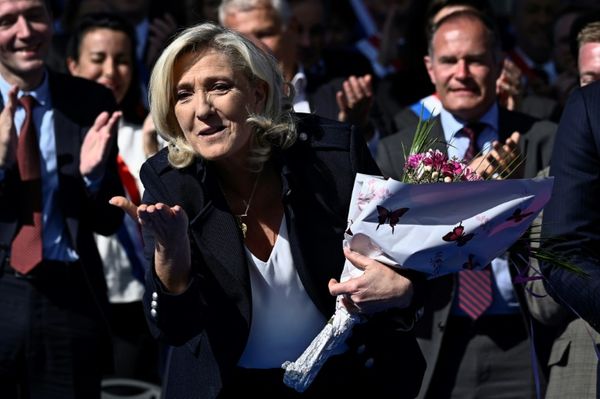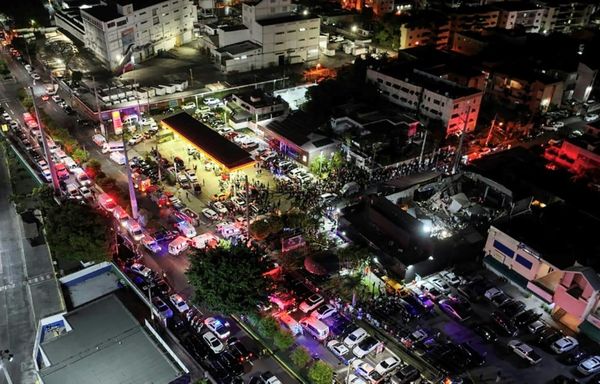As Chhattisgarh Chief Minister Bhupesh Baghel drives the Congress towards this year’s Assembly elections, the rear-view mirror shows months of turmoil over the sensitive question of reservation and the challenge of maintaining a social coalition he has built in a State dominated by socio-economically disadvantaged groups.
The fact that the Supreme Court granted interim relief on Monday to the Chhattisgarh government on its plea challenging a State High Court order on reservations of September 2022 has come as a breather for Mr. Baghel. However, it opens up new possibilities of conflict. The apex court stayed the High Court order setting aside 58% reservation (32% for Scheduled Tribes, 14% for Other Backward Classes and 12% for Scheduled Castes or 32-14-12) in government jobs and educational institutions.
In the seven months since the last order, recruitment and admissions have stalled. There has been palpable anger directed at the government, especially among the tribal people — a traditional vote bank for the Congress. Some factions of the Sarva Adivasi Samaj were even planning to field their own candidates in the Assembly elections. They say they will still do so if they have to settle for anything less than what the 32-14-12 formula provides for.
Last time, when the Congress won riding on a strong anti-incumbency wave against the 15-year-old BJP government, it almost swept the tribal seats and made deep inroads into the OBC vote bank of the BJP.
Besides filing a Special Leave Petition in the Supreme Court against the High Court order, the government also passed two Amendment Bills that take the total quota in the State to 76%. It has kept the 32% quota intact for STs, increased the quote for OBCs from 14% to 27% and that of SCs from 12% to 13% as well as introduced a 4% reservation for Economically Weaker Sections (EWS) (32-27-13-4). Both the Bills are, however, awaiting the Governor’s assent since last December.
This is where the perception challenge for the Congress begins. Mr. Baghel has made several public appeals to the Governor and even written to the Prime Minister seeking the inclusion of the two Bills in the Ninth Schedule of the Constitution so that they are beyond judicial review. But Congress sources privately acknowledge that it was unlikely that the Governor would sign them before the elections. The Congress has accused the BJP of playing backdoor politics using the Raj Bhavan, but it first has to field questions on why the 58% quota was set aside by the High Court in the first place.
A return to the 32-14-12 formula following the Supreme Court order is also not without challenges. If the tribal people’s concerns have been addressed by the stay, it would also mean that SCs do not stand to gain that extra 1% that the 32-27-13-4 formula provides for, making it tough for the government to keep them happy. The perception loss for the OBC communities — down to 13 from 27 — will be even bigger as the amendment Bills have created a frenzy that will be difficult to contain.
There are added complexities associated with OBC politics in the State vis-a-vis reservations. A higher quantum of reservations for OBCs would allow Mr. Baghel to consolidate different constituents of the OBC umbrella, such as the Sahus and the Kurmis. But a return to the 58% formula would rob him of the opportunity to bridge the gap between these two major OBC groups who tend to go in opposite directions every election. Also, since there likely won’t be any anti-incumbency wave in the Congress’ favour, it may also make local factors more pivotal in the OBC-dominated seats. Experts say such a situation will allow the BJP to be selective in its wooing of the OBC communities. There is also a prevailing view within some sections of the tribal people that because of Mr. Baghel’s OBC politics, reservation for them has been affected, and bringing a separate Bill for ST reservation would have settled matters much earlier. Since the EWS quota doesn’t place any restrictions on caste, those outside the caste reservation ambit are also feeling aggrieved with a return to the 32-14-12 formula that leaves nothing for the poorer sections of the general castes. While much fewer in number in the population, the upper castes send a significant number of MLAs to the State Assembly and they form a pressure group by themselves.







